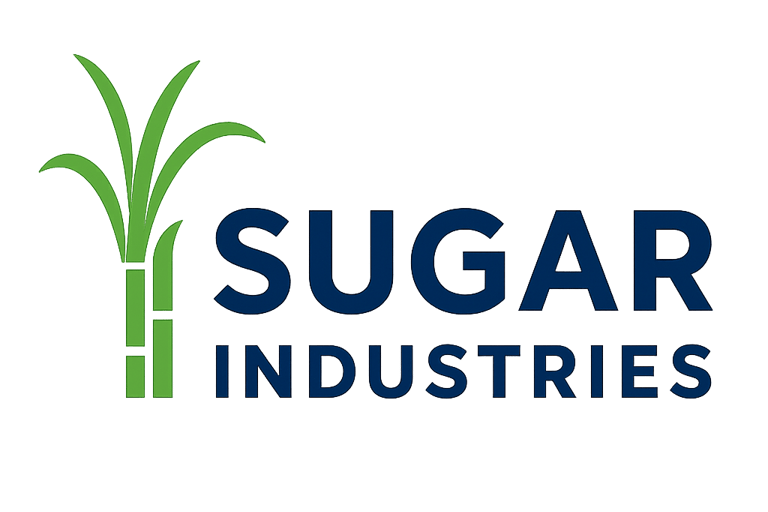Sugar Manufacturing : Ultimate source of Ethanol and other by-products
Explore the intricate manufacturing processes of the sugar industry. Our guide covers essential equipment, detailed flowcharts, commercial costing, and expert advice on infrastructure and land preparation for successful sugar production.
SINAI Exim
12/18/20241 min read


The sugar industry has long been recognized as a key driver of economic growth in many agrarian economies. Traditionally associated with the production of crystal sugar, modern sugar manufacturing has evolved into a multi-dimensional industry, generating not only sugar but also a wide range of value-added by-products that contribute to energy security, agriculture, and sustainable development.
Ethanol – A Sustainable Energy Source
One of the most significant by-products of sugar manufacturing is ethanol, produced from molasses, a residual syrup obtained during the sugar crystallization process. Ethanol has become a crucial component of biofuel programs worldwide, particularly in India, where the government is actively promoting ethanol blending in petrol to reduce crude oil imports and lower carbon emissions. The sugar sector is therefore not only producing food-grade sugar but also playing a pivotal role in achieving renewable energy goals.
Animal Feed and Fertilizers
Sugar mills generate bagasse (fibrous residue after juice extraction), press mud, and molasses, all of which serve as raw materials for animal feed and organic fertilizers. These by-products contribute to sustainable farming practices by reducing dependency on synthetic inputs and enhancing soil health.
Power Generation from Bagasse
Bagasse is increasingly used as a bio-energy resource for co-generation power plants in sugar mills. This not only helps factories become self-sufficient in energy but also enables them to supply surplus electricity to the national grid, supporting the shift toward clean energy ecosystems.
Towards a Circular Economy
The sugar industry today represents a circular economy model where nearly every output of the process is converted into a useful product. From ethanol and electricity to animal feed and fertilizers, sugar manufacturing stands as a cornerstone for integrated rural and industrial development.
Conclusion
Sugar manufacturing is no longer confined to producing sweeteners. It has transformed into an ultimate source of ethanol and diverse by-products, strengthening energy independence, supporting agriculture, and contributing to sustainability. By leveraging innovation and efficient resource utilization, the sugar industry holds the potential to address some of the most pressing global challenges—from renewable energy needs to sustainable farming practices.
A blog by,
SINAI EXIM


